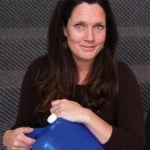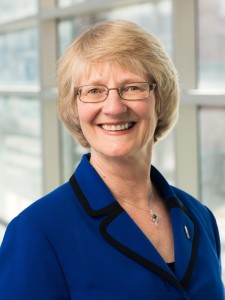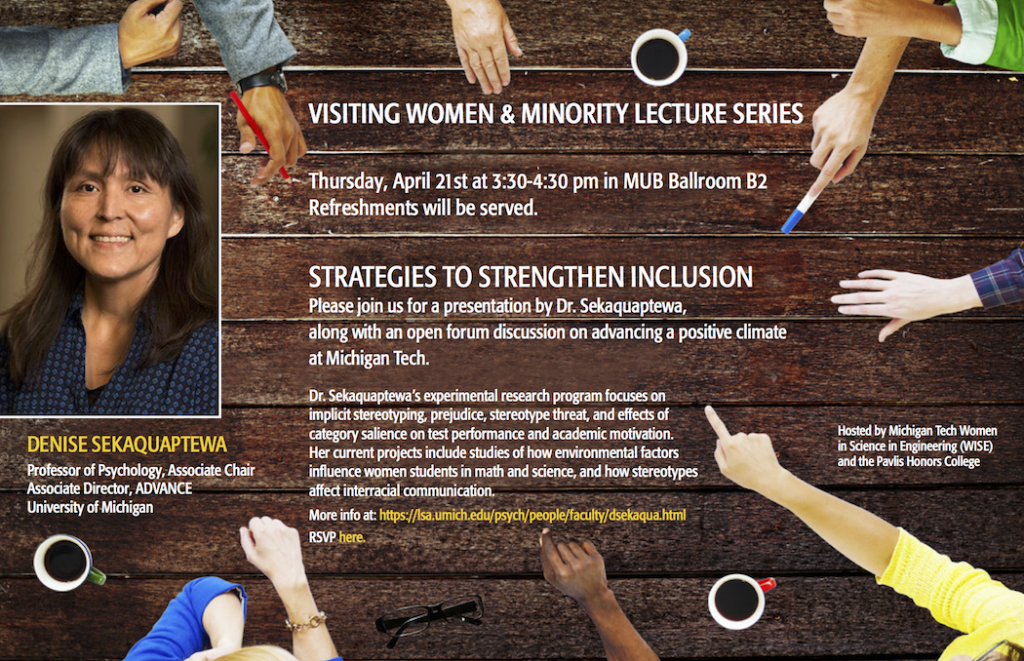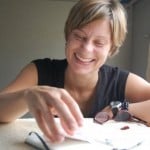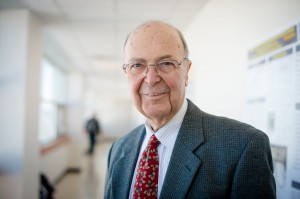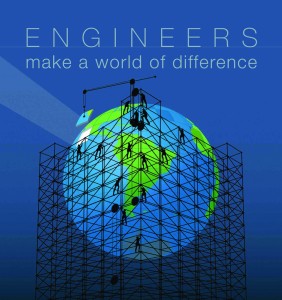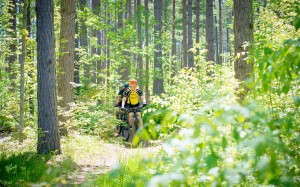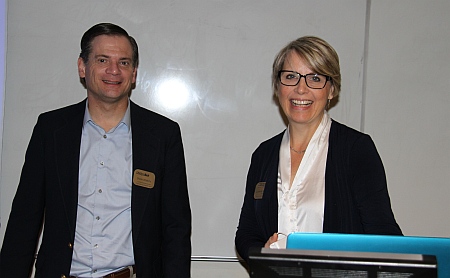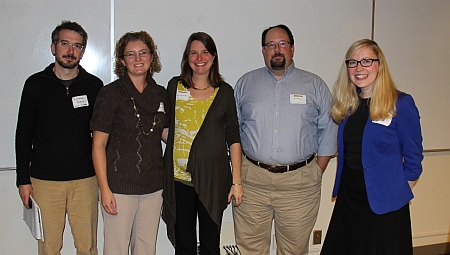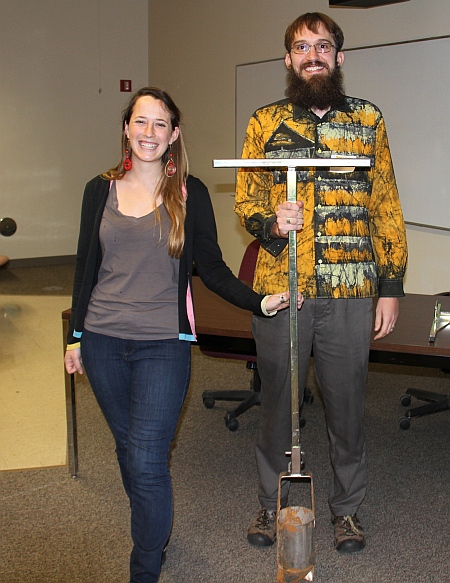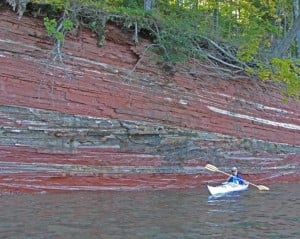
Dr. Erika Vye, who earned her PhD in Geology at Michigan Tech just last month, together with her PhD advisor Professor Bill Rose, have created interpretative videos about the geological underpinnings of the Keweenaw. One such video, “Geoheritage Field Education in Michigan’s UP”, which features beautiful aerial drone imagery, is live now on the NFS Video Showcase, http://videohall.com/p/791 #stemvideohall. Please watch and vote. Public choice voting will end at 8:00 pm Monday, May 23. 2016, but the video will remain online.
Vye and Rose aim to connect people more personally to the the science of Keweenaw geology. Learn more at geo.mtu.edu/KeweenawGeoheritage.
